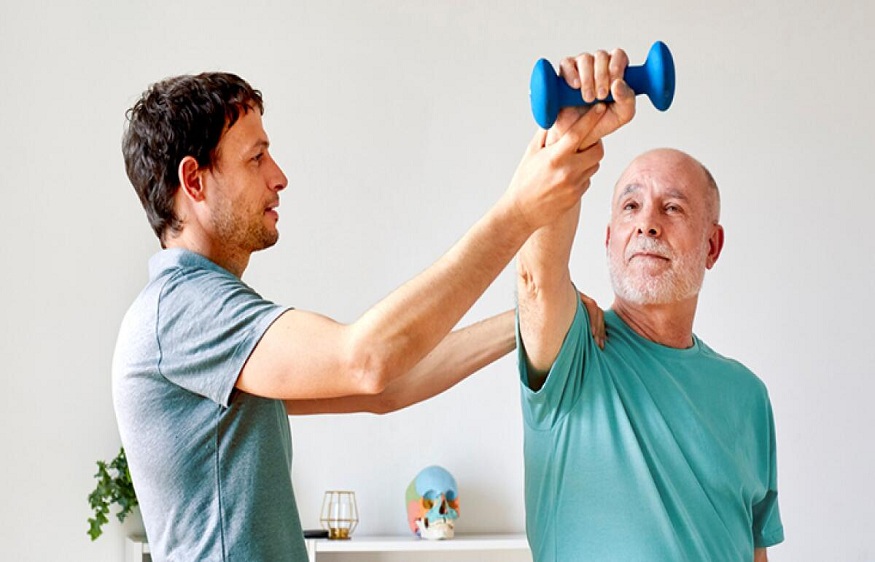Shoulders allow you to accomplish various functions, like waving hello, tossing a baseball, and carrying large objects. Occasionally, though, a rapid injury or repetitive motion could injure the shoulder’s tendons and muscles, leading to a torn rotator cuff. Often, these concerns respond to at-home therapy. However, once the discomfort persists for an extended period, it is necessary to consult a physician about whether to explore Fair Lawn rotator cuff repair. As with any other procedure, a rotator cuff repair entails recovery time. Nevertheless, these simple tips can help you recover as pain-free and fast as possible.
1. Wear A Sling
It is essential to immobilize your shoulder following surgery so the tendon can heal. A sling offers stability, support, and is a great reminder not to stretch your arm completely (wiggling your fingers and rotating your wrist is fine).
2. Sleep Carefully
After rotator cuff surgery, sleeping in a semi-elevated position is frequently more comfortable. This posture also prevents the added shoulder strain that could arise from resting flat. Utilize pillows to hold yourself up, or position something under your mattress to lift it gently.
Some individuals find resting on a recliner or large armchair an effective alternative. Even when sleeping, wear a sling to minimize excessive movement, and try elevating your arm on cushions to reduce edema.
3. Seek Help
Accept aid offers from friends and family. During the initial phase of rehabilitation, you may want assistance with everyday activities like cooking, dressing, bathing, and other housework. Organize for rides when you are unable to drive.
4. Watch Out For Difficulties
Although complications are uncommon, it is crucial to recognize the warning signals just in case. Contact your physician immediately if you develop a temperature of 101 degrees or higher, discharge or redness from the cut, unexpected and intense pain, or tingling or numbness in your hands or fingers.
5. Perform Physical Therapy
Physical therapy exercises can enhance shoulder stability, strength, and motion range. Scheduling physical therapy appointments as a component of an intensive rehabilitation program and performing at-home exercises are essential for a successful recovery.
6. Remain Comfortable
Rest is essential to recovery, so make every effort to be as comfortable as feasible. To minimize swelling for the first 3-5 days following surgery, utilize an ice pack. After this interval, heat could as well provide some stiffness and discomfort relief.
Follow the prescribed dosage of your drugs. Anti-inflammatory medications also aid in the successful execution of physical therapy exercises.
7. Be Aware Of Your Movements
Specific motions, especially those involving the wrist and fingers, are acceptable during rehabilitation, but exerting stress on the shoulder could impede recovery. Movements to avoid include lifting your arm overhead, stretching behind you, lifting big objects, and exerting weight on the shoulder. Wearing a sling could prevent you from accidentally performing these movements.
8.Pace Yourself
It is tempting to mistakenly believe that your shoulder is improving, leading you to engage in too many activities too soon. Without a doctor’s consent, anything from rejoining sports to pushing yourself with harder exercises has the danger of reinjuring your shoulder.
Do not live with chronic shoulder pain that does not respond to conservative therapy, especially if it disrupts your everyday life. Consult your specialist for a comprehensive diagnosis to determine the cause of your discomfort and whether you are eligible for a rotator cuff repair.

